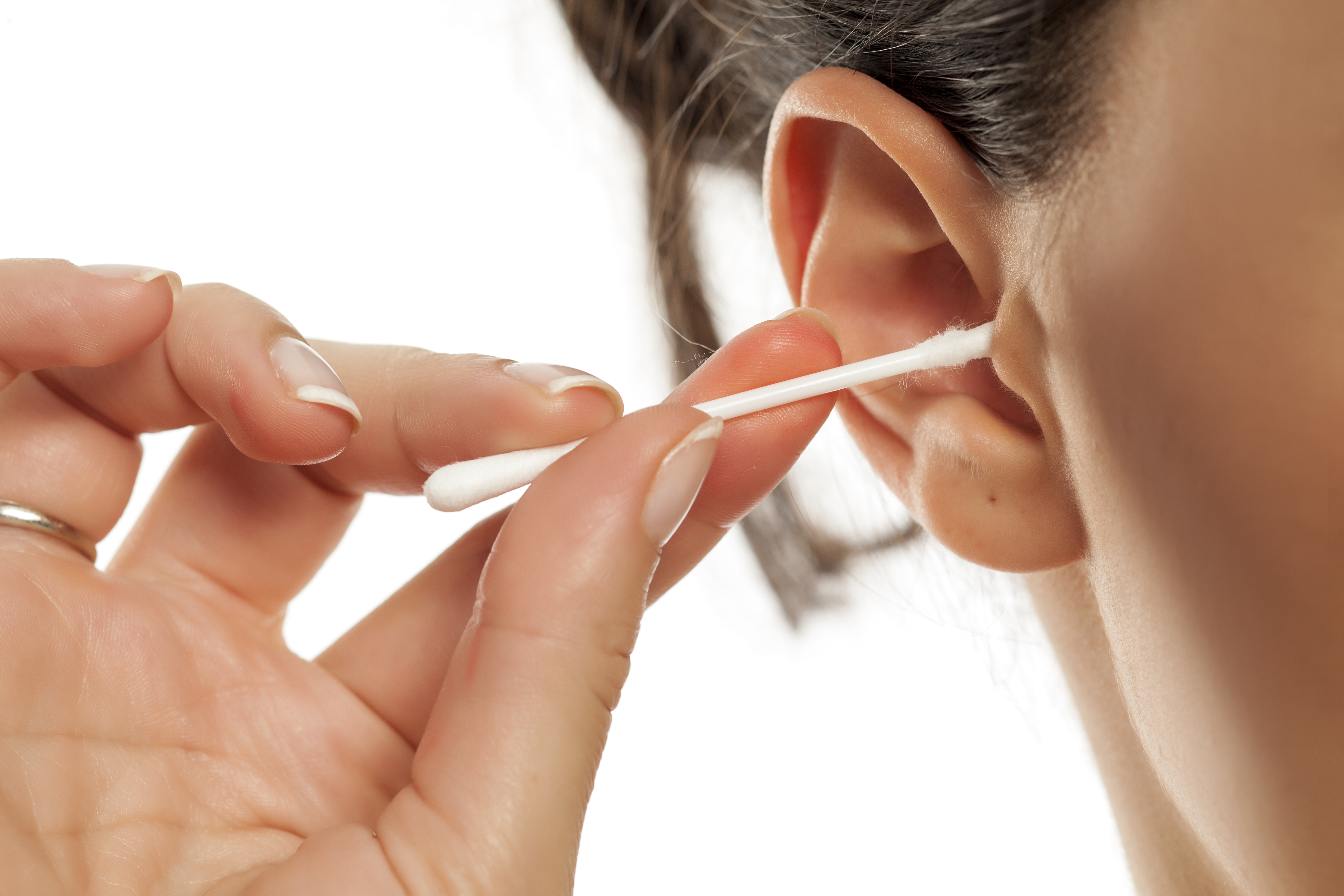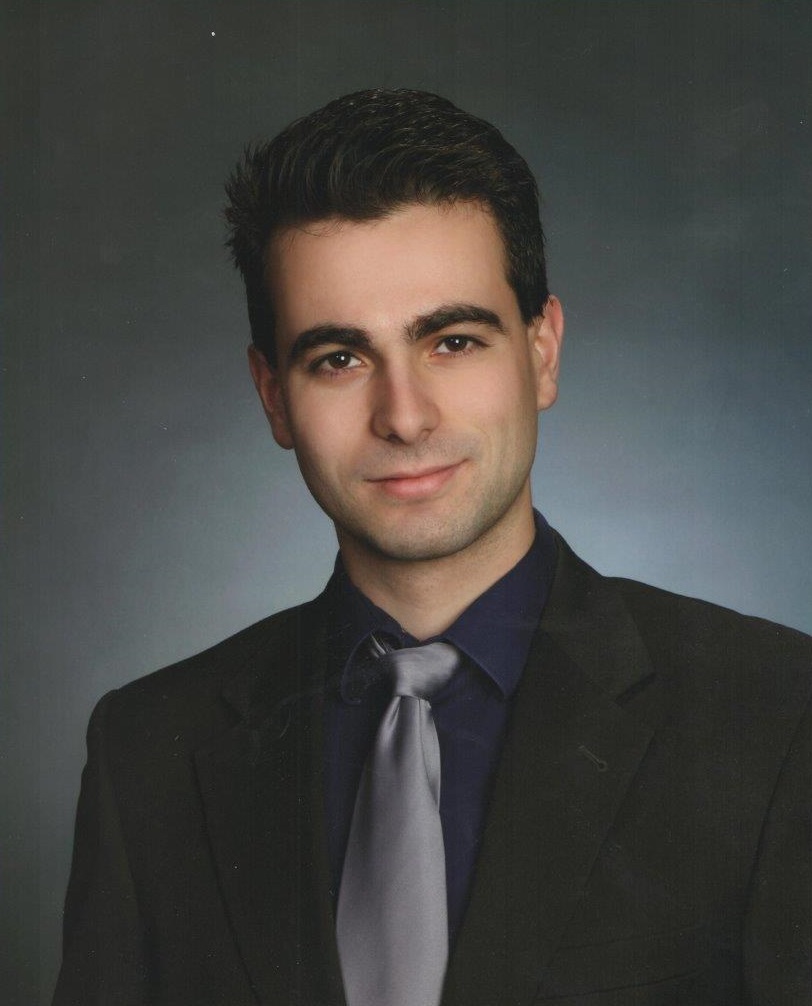No, Cotton Swabs Aren't the Most Common Cause of Eardrum Rupture

Every day, countless people perform a task so dangerous that many doctors urge them to reconsider: They clean out the wax out of their ears with a cotton swab. This simple act is responsible for 40 percent of cases of ruptured eardrums, a new study from Israel finds.
But cotton swabs aren't actually the most common cause of eardrum rupture , according to the study. Instead, blunt trauma is the leading reason for the injury.
The eardrum, or tympanic membrane, is the narrow layer of tissue in the ear that vibrates like a drum or speaker, allowing us to hear better. But the eardrum also acts as a barrier between the outer and middle ear. When it's punctured, the injury can cause pain, hearing loss and increased susceptibility to infections, because germs can travel deeper into the ear, according to the National Library of Medicine (NLM). [9 Weird Ways Kids Can Get Hurt]
In the new study, researchers looked at the medical recordsfrom 2012 through 2016 of 80 patients, 20 of whom were children, who reported perforated eardrums. The researchers reported information on the cause, location, severity, and recovery for each case, depending on availability.The study was published on Oct. 28 in The Journal of Emergency Medicine.
"I decided to look into eardrum injury statistics, because I hoped that by understanding the main causes we would be able to help eliminate some of them," said lead study author Dr. Doron Sagiv, an ear, nose and throat doctor (ENT) at the Sheba Medical Center at Tel Aviv University in Israel. "I hope our study will encourage more physicians to recommend their patients to avoid using these swabs for cleaning their ears."
Dr. Sagiv said that he was surprised by how many injuries were caused by cotton swabs, 5 percent of which required surgery to repair.
But Dr. Erich Voigt, an ENT at NYU Langone Health, who wasn't involved in the new research, said that the paper's findings were par for the course.
Get the world’s most fascinating discoveries delivered straight to your inbox.
ENTs "encounter this problem on a regular basis," Voigt told Live Science. "Unfortunately, parents have done this to their children with overzealous cleaning."
Blunt trauma, often as the result of assault, accounted for 56 percent of the cases. This can lead to a ruptured eardrum because a large amount of pressure is generated against the ear, Voigt said. Blunt traumu could occur when someone is hit on the ear by a hand or an airbag, or walloped with a large wave in the ocean.
When this happens, a great deal of air or water is compressed into the small space inside the ear. This causes a huge amount of pressure on one side of the eardrum, with much less pressure on the other side, where there's empty space, Voigt said. To equalize the pressure throughout the ear canal, the eardrum pops and perforates, he said.
This intense pressure buildup can happen on either side of the eardrum, Sagiv noted, and rapid changes in pressure are more likely to lead to ruptured eardrums, as opposed to a slow buildup of pressure over time.
Extreme "over-pressure," referring to pressure that could be caused by blunt trauma, or extreme "under-pressure," which occurs when the pressure on the outside of the eardrum rapidly drops, can lead to eardrum perforation, Sagiv said. One example of a cause of extreme "under-pressure" could be a strong kiss on the ear, according to the report.
Blunt trauma and cotton swabs made up most of the cases analyzed in the report (96 percent). The remaining 4 percent of cases were listed as "iatrogenic," suggesting a physician caused them accidentally, the researchers said.
Voigt noted that he expected to see some cases of perforated eardrums caused by the changes in air pressure when flying in an airplane, something that he said he encounters in his practice that wasn't mentioned in the new research. He said he suspects that the researchers excluded it because the paper focused on physical trauma rather than barometric pressure changes.
The study also found that all 20 of the injured children in the study for whom the researchers had follow-up information had healed on their own, but four of the 40 injured adults required surgery.
Originally published on Live Science.

 Live Science Plus
Live Science Plus






